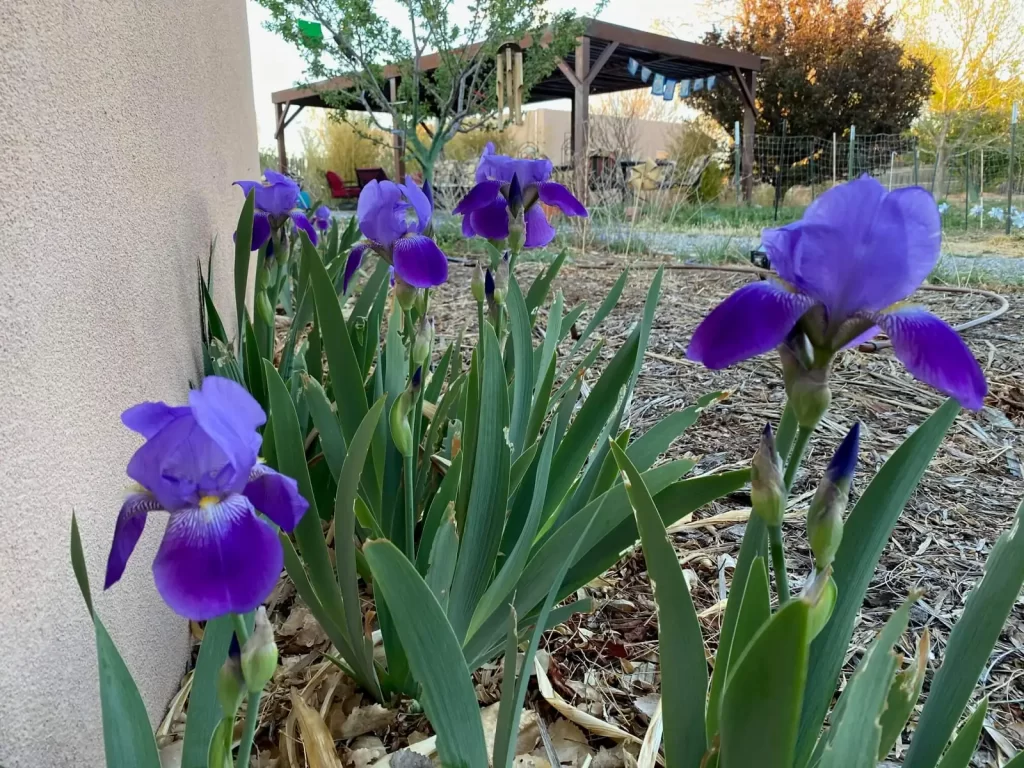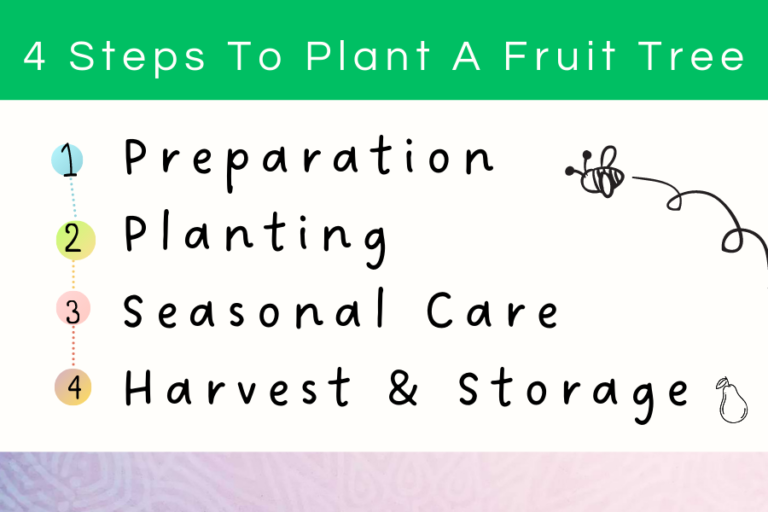Blue Bearded Iris (Iris pallida)
My father, Joe, planted the Blue Bearded German Iris (Iris pallida) in his Seattle garden in 1948. Each Spring, my mother would joyfully arrange bouquets of this colorful, fragrant flower around the house. When my parents sold their Seattle home, I asked my father for some of his prized iris plants. I have been growing them in my New Mexico garden for over ten years, and these blue iris also like the dry high desert climate.
There are many varieties of irises available. My father’s Blue Bearded German Iris blooms from May to June every year, showing its blooms for 5-7 days. It is hardy in Zones 3-9, growing about 3 feet tall, with 5-7 fragrant blue-purple flowers on each stem.
A colorful world traveler: Iris
- A native of the marshy lowlands of Palestine
- Iris motifs decorated Egyptian tombs built around 1500 B.C
- Cultivated for the royal gardens and grave sites in the Middle East
- A bartered beauty traveled along the Silk, Tea, and Spice Trade routes to China and Japan
- The northern Africans brought the iris to Spain
- The Spaniards packed iris rhizomes onto their ships headed for the Americans and the Philippines.
Iris is a low-maintenance flower that can grow in most climates. Iris rhizomes are expensive to purchase, so ask your neighbor for a couple of pieces a few months after the bloom. Make a trade with one of your plants!
Plant the rhizomes on top of the soil with only the thin spindly roots tucked under the earth. When you first plant them, mulch them when they are young, and the winters are freezing. Don’t cover the iris with mulch as the plants mature. Divide the rhizomes every three to four years.
Enjoy this well-travel iris flower for decades in your garden!




